By the Numbers: Advanced Analytics Results For Seahawks' 2022 Draft Class
The Seahawks picked nine players in the 2022 NFL Draft. Like a crisp apple juice, this was a sharp and refreshing experience when compared to their 2021 haul of just three selections. This is part two of a two-part miniseries looking at the numbers behind this year’s class.
The Sports Info Solutions NFL Draft website is full of data that, when combined with the historical context of past Seahawks drafts, gives us an excellent idea of what Seattle was thinking with each 2022 pick.
While there is no replacement for watching the tape, these advanced analytics show us how each of the new Seahawks compare to the rest of their draft class. Furthermore, we are able to gain a deeper insight into their on-field effectiveness and what that will bring to Seattle in the NFL.
Round 1, Pick No. 9: Charles Cross, T, Mississippi State
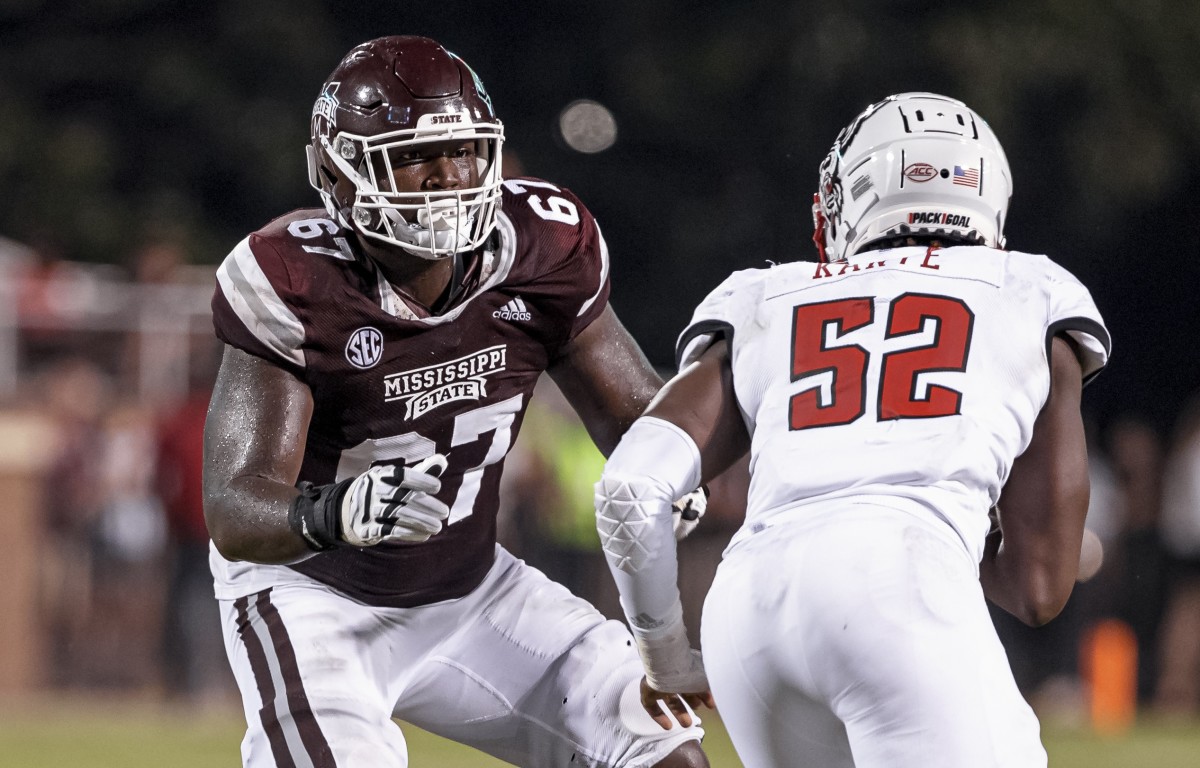
On tape, Cross was the best pass protector in this draft class and his data matches that assessment. Both his 98 total points rating per play and 3.6 total points per game ranked first among all offensive tackles. His 98 total points rating per pass block tied for second, his 2.8 pass blocking total points per game placed first and his 0.9 percent blown pass block percentage tied second.
The large sample size of his pass blocking is evidenced by 2.8 of his 3.6 total points per game arriving on pass blocking reps. Concerns were raised about Cross’ run blocking ability. However, his 93 total point rating per block tied third-best. It was just that Cross was not asked to run block that often relative to the other tackles. Therefore, he only managed to tie for 20th-best in run blocking total points per game with 0.8.
That small run blocking sample size should be factored into Cross’ 2.6 percent blown run block percentage (tied 23rd) and 0.4 blown run blocks per game (tied 14th). Nevertheless, these suggest improvement—and more importantly reps—are required in the run department.
Round 2, Pick No. 40: Boye Mafe, EDGE, Minnesota
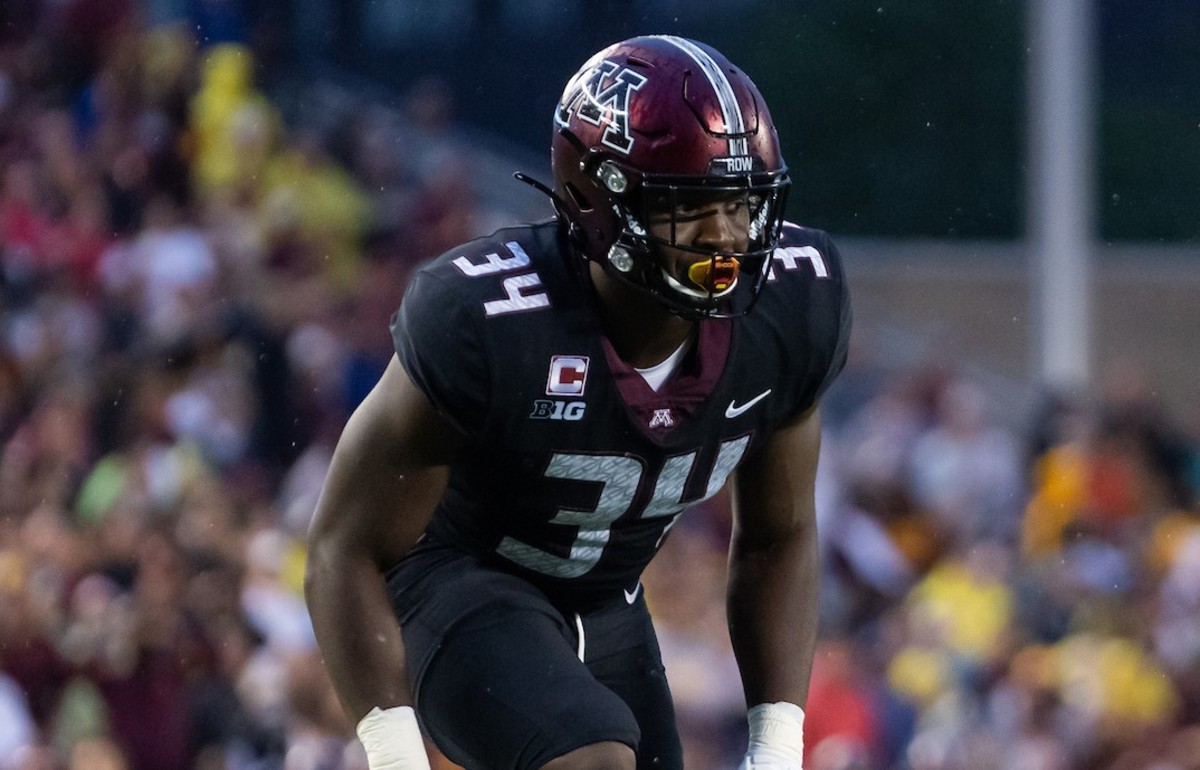
Mafe’s data shows his pick, as the fifth edge rusher off the board (sixth if you include Trevon Walker), was more about the Minnesota man’s testing and improvement throughout his final college year than his on-field production. The selection envisions what Mafe can be when further honed as a rusher.
Mafe’s 89 total points rating per play tied for 21st and his 95 total points rating per pass rush finished 21st. We know for a fact that the Seahawks closely look at pressure percentage numbers and Mafe’s 13 percent tied only 18th-best among the EDGE prospects. Looking at straight dropbacks did raise a slight improvement, with Mafe’s “true pressure percentage” of 16 percent tying 14th. His 1.7 percent pressure rate over expected tied 22nd.
One interesting nugget of data was Mafe’s three percent quick pressure rate, measuring a pressure registered in 2.5 seconds or less. This tied 28th, which is not necessarily a bad thing. In the NFL, beating a tackle off the edge within 2.5 seconds is very rare. In college, it lends itself to running around guys with speed and corner-shortening. Mafe placing so low down in quick pressure rate matches his tape, where he is not a bend around the edge dude but more of a handsy, working straight angles type rusher. Most of his wins were quality and his 2.9 percent sack rate did tie eighth with first-round pick Jermaine Johnson.
Round 2, Pick No. 41: Kenneth Walker III, RB, Michigan State
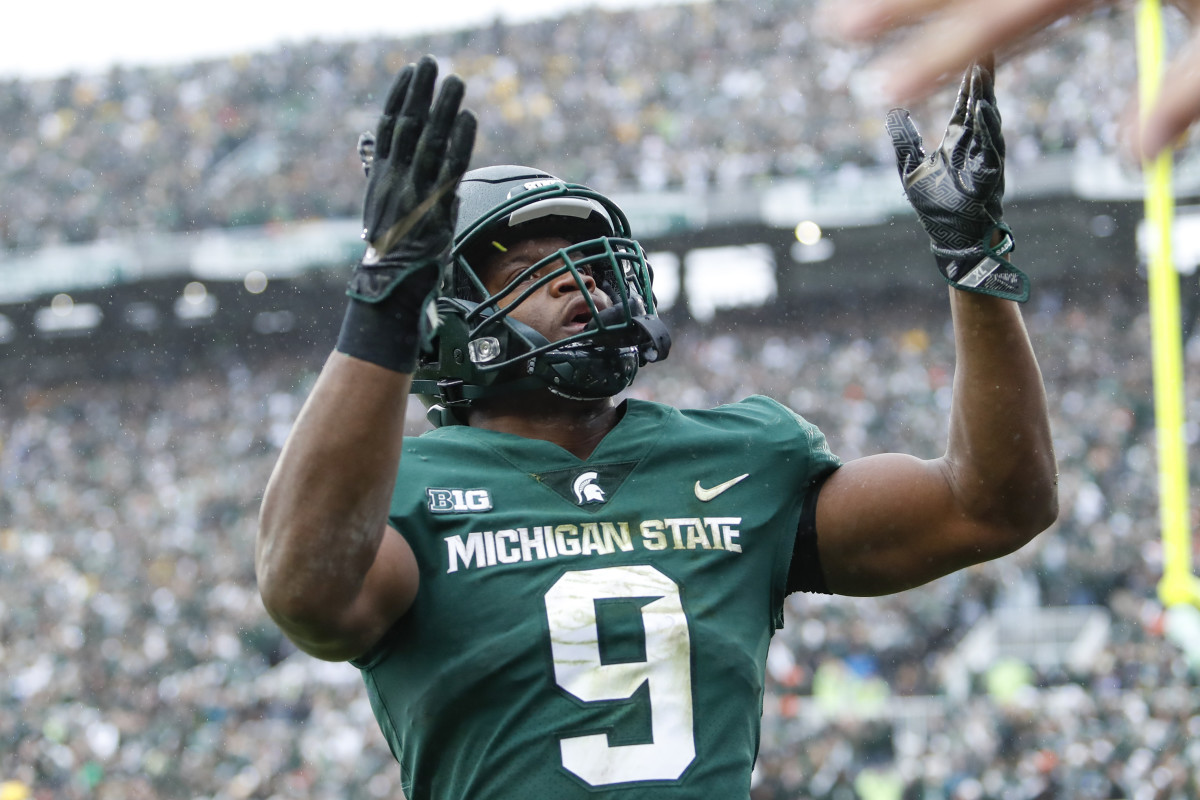
The Seahawks want explosive running backs. As covered, Walker met the testing requirements of that home run threat. He also ticked the metrics.
Walker’s 4.8 total points per game and 4.4 rushing total points per game led the running back class, adding more context to his tied-for-third-best 6.3 yards per rushing attempt. That dropped a spot with his 95 total points rating per rush tying fourth, although the volume of his carries and production (136.2 rushing yards per game) should be accounted for here.
Walker’s vision, feet and burst saw him regularly avoid contact. His 3.8 yards after contact per attempt was second-best in the class, with his 16 missed tackles per 100 touches (tied third) more to thank than his 14 broken tackles per 100 touches (tied 10th).
Schneider mentioned in his post-draft presser that Walker should have been used more as a receiver. Indeed, the back’s 1.1 receptions per game only tied 25th, which is most in the class. Meanwhile, his 68 total points rating per route run tied 19th, suggesting checkdown/outlet usage only. The biggest area for Walker staying on the field for all three downs in the NFL will be learning this side of the game, especially the pass protection. His six pass protection snaps a game were 15th-highest and his two pass blocking total points tied 13th.
Walker’s 85 total points rating per play tying ninth, as well as his 1.7 EPA per game tying eighth, largely speaks to the inefficiency of rushing compared to passing, with Walker’s low usage in the pass game hurting these figures.
Above everything else, Walker’s analytics show him to be Seattle’s much-desired home run hitter. His 18 percent boom percentage (measuring a play with 1.0 EPA or greater) led all of the running backs. For comparison, Breece Hall, the first running back taken, tied 14th with 12 percent.
Walker’s less impressive 44 percent positive percentage (tied 22nd) and nine percent bust percentage (tied 22nd) warrant exploration on tape, where we can answer how much of this was shoddy offensive line play versus poor performance from Walker.
Round 3, Pick No. 72: Abraham Lucas, T, Washington State
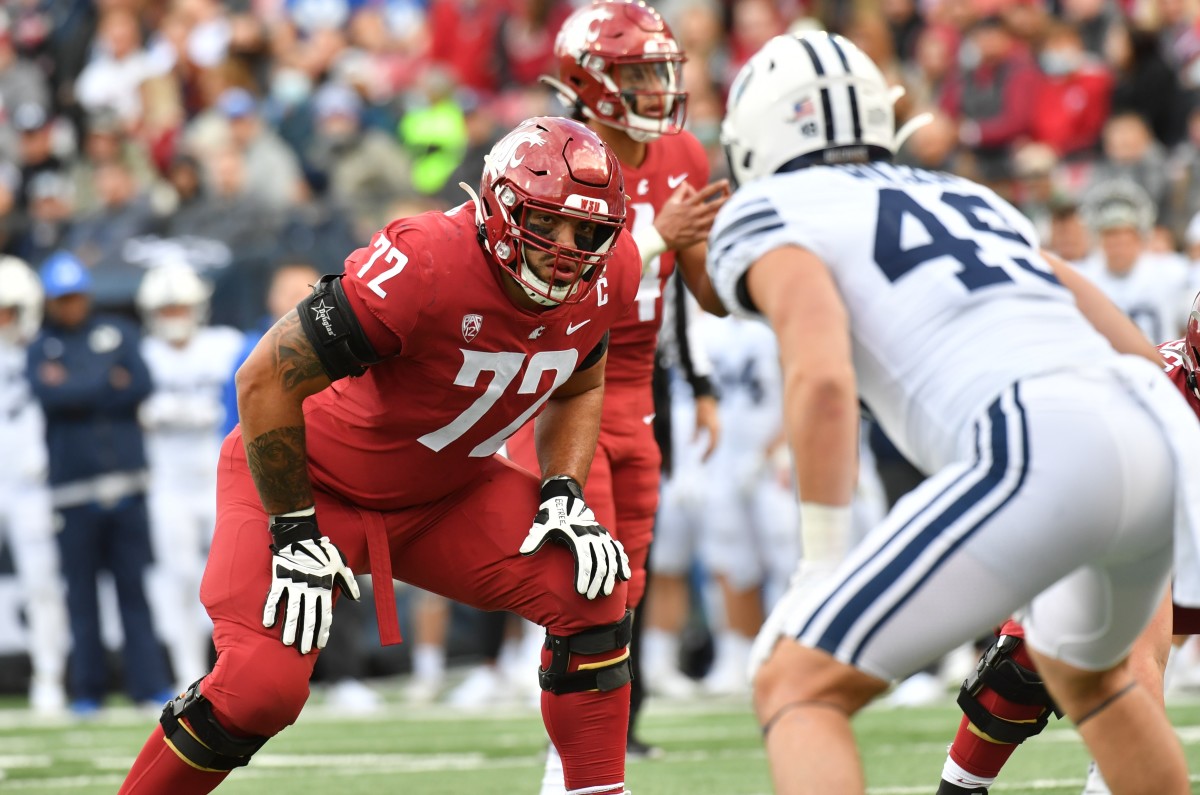
Lucas’ numbers on top of Cross’ strongly support the claim that the Seahawks landed the best possible left-right pass protection tackle pairing in the draft. Lucas started 42 games at right tackle, the most in the class, and this start total was the fifth-most out of all tackles.
Similarly to Cross, Lucas’ figures are heavily skewed towards pass protection. Overall, his 89 total points rating per play tied 11th. However, his 98 total points rating per pass block tied second, his 1.8 pass blocking total points per game placed third and his 1.1 percent blown pass blocks per game finished sixth—not bad for a third-round pick.
Run-blocking wise, Lucas dips—and it wasn’t just an issue of sample size. His 64 total points rating per run block came in 20th. This matches the question marks on tape. Meanwhile, his 2.5 percent blown run block percentage landed 22nd and his 0.8 run blocking total points per game tied 20th. To win the 2022 right tackle job over Jake Curhan or Stone Forsythe, Lucas must improve here.
Round 4, Pick No. 109: Coby Bryant, CB, Cincinnati
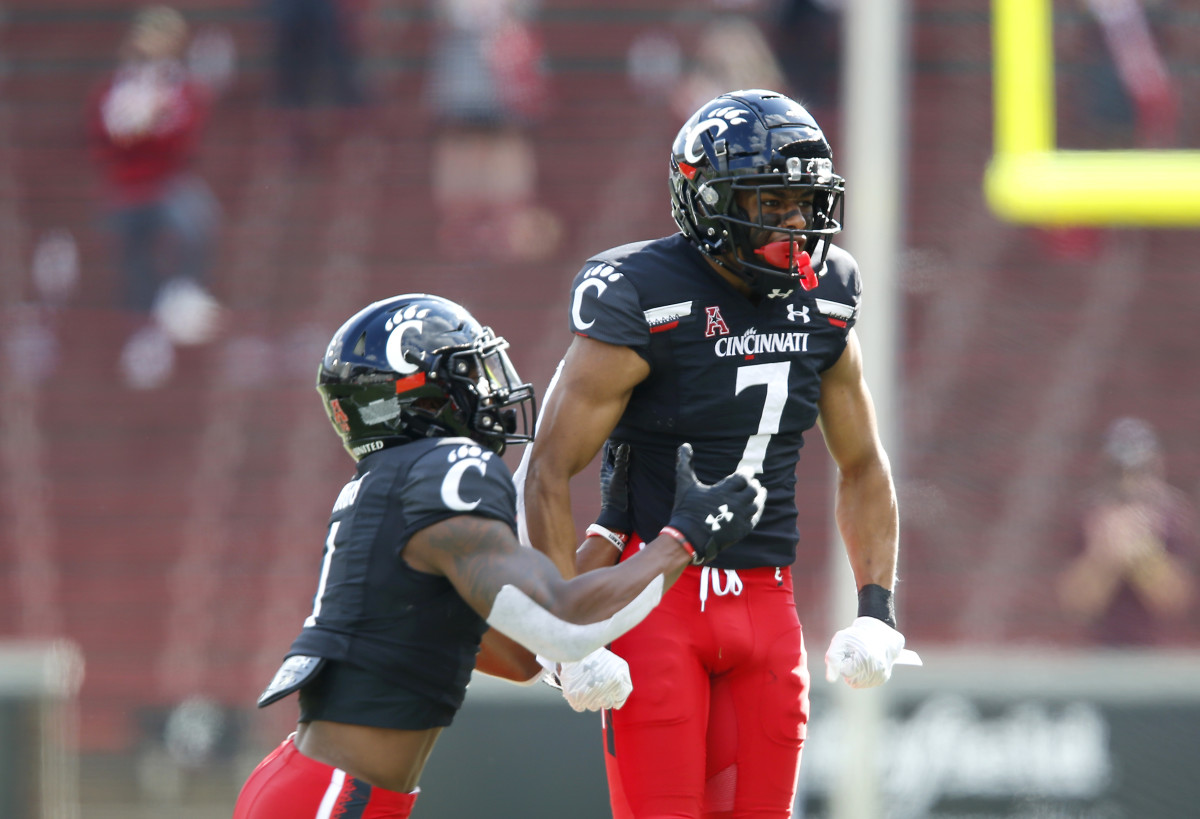
The addition of Bryant spoke more about tape over testing and, unsurprisingly, the 2021 Jim Thorpe Award winner put up some good numbers beyond basic production too. He capitalized on being thrown at a lot playing opposite No. 4 pick Ahmad "Sauce" Gardner.
Bryant’s 84 total points rating per play tied 19th and his 95 total points rating per coverage snap tied 12th. Specifically, it's his production on the football that stands out. The corner’s 1.8 pass breakups per game tied fifth-highest and his 1.8 percent hand-on-ball percentage tied ninth. Despite his exposure, his -0.24 EPA per target was also impressive, tying 10th-best.
In terms of Bryant’s press work—something Seattle will want from its corners as it seeks to be aggressive in coverage—he aligned in a press alignment on 33 percent of his snaps, the 11th-most out of the class. His 0.4 coverage total points in press tied 22nd-best.
Round 5, Pick No. 153: Tariq Woolen, CB, UTSA
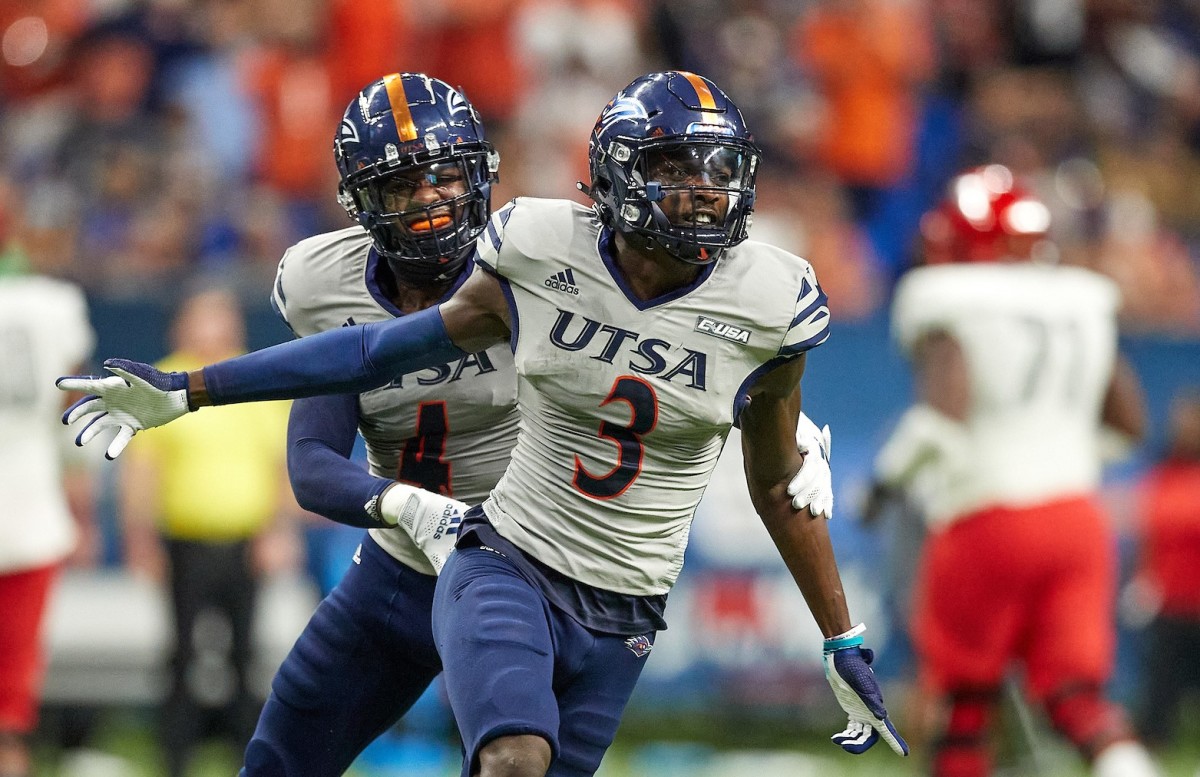
Woolen being more of a talented athletic project as a cornerback is supported by the data as well as the tape. The receiver convert had a 70 total points rating per play, ranking 41st among the corners, and a 72 total points rating per coverage snap, ranking 35th. His 0.09 EPA per target was 31st. Meanwhile, when in press 28 percent of the time (13th-most), Woolen allowed 0.3 coverage total points per game, tying for 24th.
Round 5, Pick No. 158: Tyreke Smith, EDGE, Ohio State
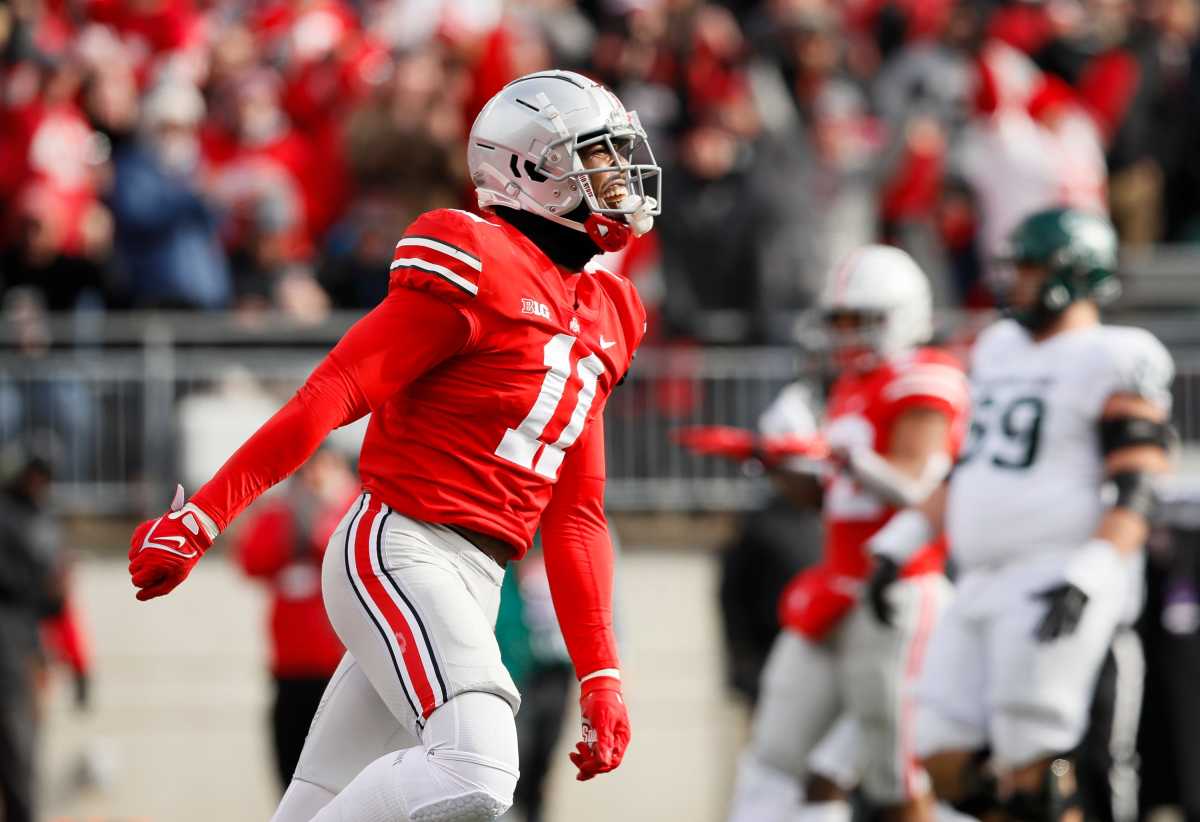
Smith may not have tested like a top-tier athlete, but his motor and active rush plan is backed by the data. His 81 total points rating per play (27th) and 88 total points rating per pass rush (tied 27th) are very much that of a day three pick. The more encouraging stuff was his 13 percent pressure rate, tied for 18th with Mafe, and his 14 percent true pressure rate, which tied 17th.
Round 7, Pick No. 229: Bo Melton, WR, Rutgers
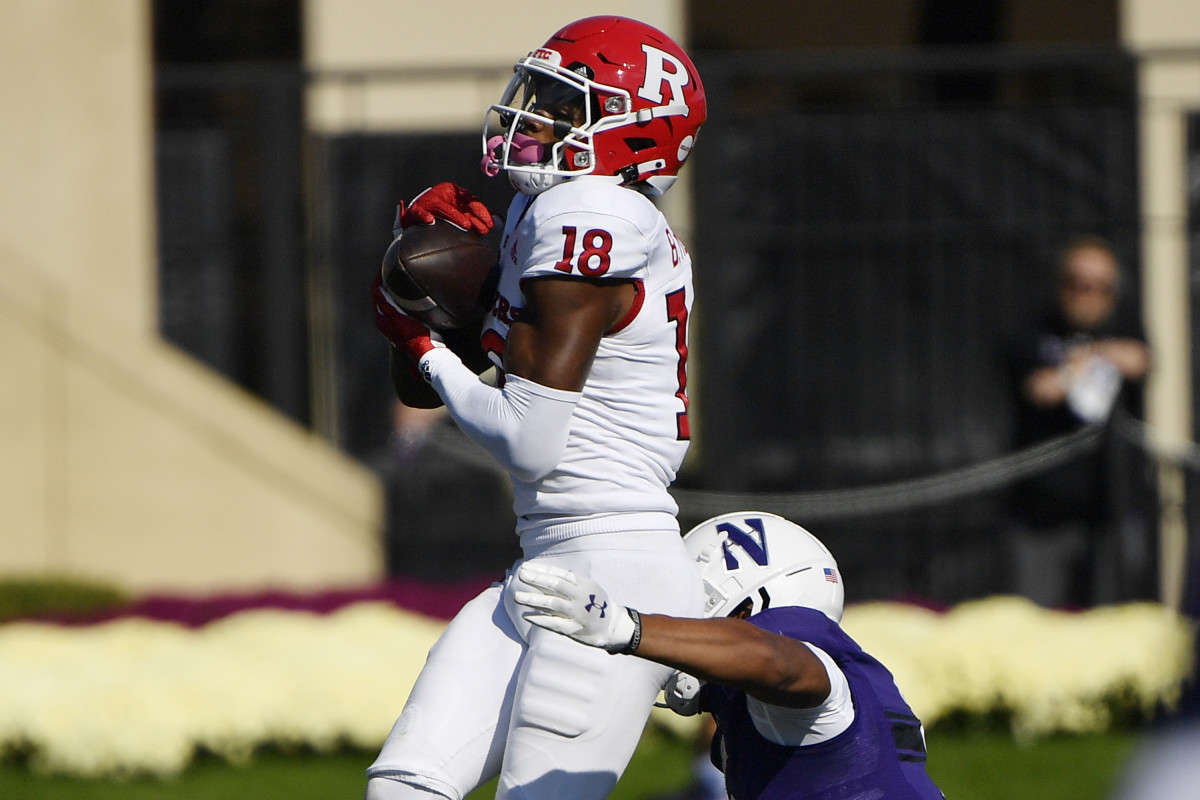
Playing for Rutgers, Melton’s production was inevitably limited by surrounding talent and scheme. One interesting takeaway is that of his 1.0 receiving total points per game (tied 41st with Alec Pierce), 0.5 came out of the slot (30th) and 0.5 came out wide (tied 29th). This reflects Melton’s inside-outside, outside-inside usage and skillset that he will bring to the Seahawks. There's little question why Melton’s athletic profile shared similarities with both Doug Baldwin and Tyler Lockett.
Round 7, Pick No. 233: Dareke Young, WR, Lenoir-Rhyne
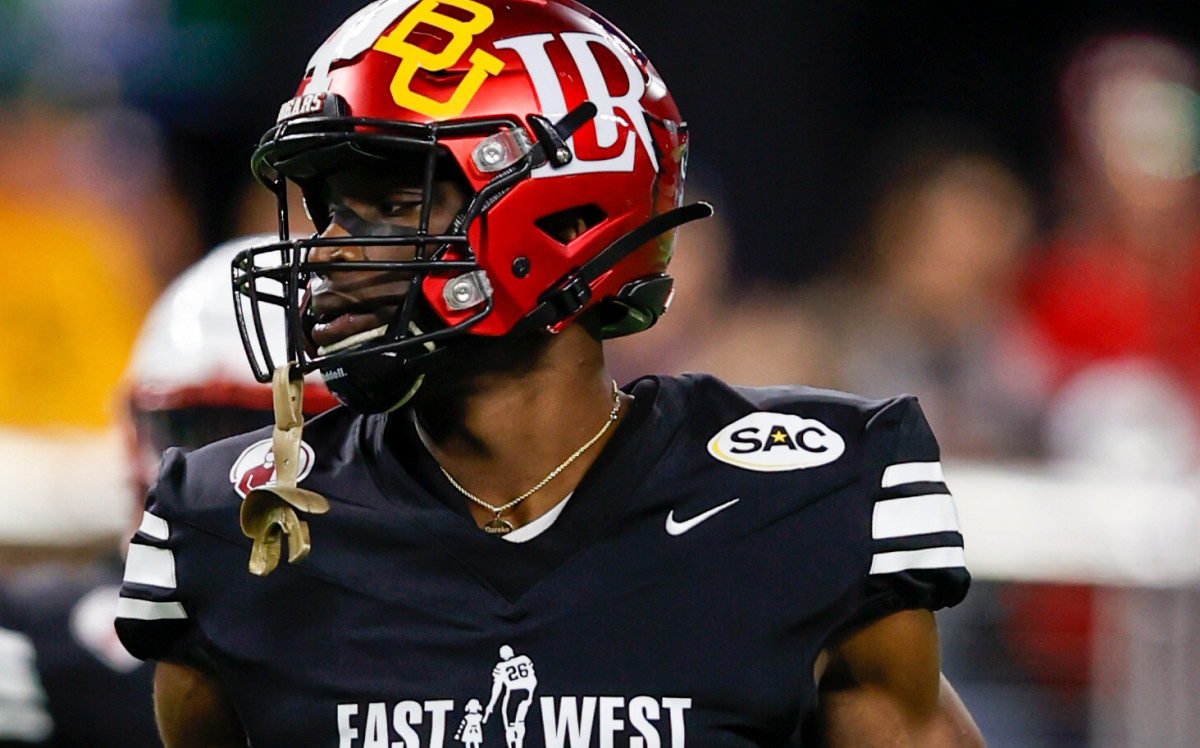
Division II Lenoir-Rhyne is not included on the SIS NFL Draft website.
Sports Info Solutions NFL Draft Website: Home | SIS NFL Draft (sportsinfosolutions.com)
